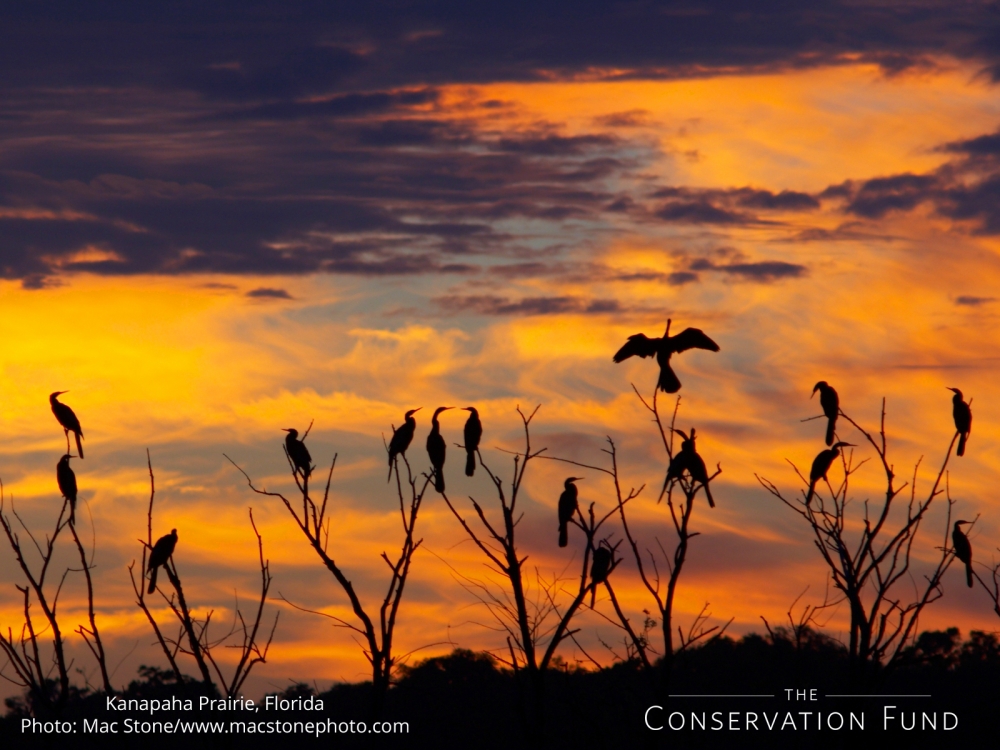Is having an interest in wildlife a hobby or a past time, only? Or is it a must for all of us?
If I say our very survival over the next few decades would be dependent to a great extent on how well we conserve our environment, would you take notice?
Coming from a family that loves wildlife, we often visit our national parks. During those visits we encounter various kinds of animals from elephants and leopards, to birds and butterflies. At the same time we also observe the poor manner in which conservation is carried out in these national parks.

Sri Lankan Leopard in Kumana national park – December 2017
For instance, allowing some modes of transport such as buses into the national parks itself contributes to damaging of wildlife, since the noise created by them scares away the animals and the whole concept of conservation is lost.
Apart from the national parks, many of us have seen our rivers and reservoirs which generate electricity and provide water for agriculture, but have we seriously looked at the forest cover surrounding those reservoirs or the roots of the rivers? If we take a look at the Samanala Kanda/Adam’s peak wilderness from which four rivers flow, or the Horton plains from which the Mahaweli River flows, they are all protected legally. Yet these forests are dwindling day after day due to illegal activities like logging. The rivers and reservoirs are damaged by activities such as sand mining and various forms of pollution.
I was lucky enough to visit the vast Serengeti National Reserve in Tanzania in 2016. While enjoying the family vacation, I had an excellent opportunity to observe the way in which wildlife conservation was carried out. Tanzania is a great example of how conservation is done. We had firsthand experience of this, from the way in which all visitors, tourists and the sanctuary staff respected the sanctuary rules and gave their best effort to keep high standards at all times, for the betterment and conservation of animals and the environment. This is so, especially in places like the Serengeti National Reserve, which is a stunning 14750 sq.kms and Kilimanjaro volcano, two world famous tourist destinations. In addition, we also couldn’t help but notice the cleanliness and the facilities available, in the public campsites which are rarely seen in Sri Lanka.
AT SERENGETI, NATIONAL PARK/RESERVE:
 African elephant, June 2016
African elephant, June 2016

African lion, June 2016
Sri Lanka has a lot to learn. We can start by taking a good look at the processes in which these African nations have achieved their objectives in conservation and applying them with necessary amendments to suit our conditions. This will eventually remedy the current drawbacks in our procedures and lead to a far better environment for both wild animals and people living in Sri Lanka.
Environment is endangered due to dwindling forests and pollution of waterways, all of which consist of one large macro system. Their destruction will deprive us of water, hydro power and food. Therefore, clearly, conservation cannot be considered as a job for a few officers of the Department of Wildlife and some wildlife enthusiasts only, but a must for every single human being who use these natural resources for existence. So, let’s all step up and initiate a move, to care for our environment that is truly ours.

Rtr. Akila Ranawaka
